Welcome to my very first newsletter. If you’ve landed here voluntarily then my wish is that you’ll stay- for the food, I hope, but maybe also for the stories, the culture, the truths and the happenings that surround this one dish. Because that’s what food is about, isn't it? Once upon a time, before the loudness of Instagram reels and TikTok, before perfection, comparison and unattainable standards, before all of that, once upon a time it was just this one simple dish, and all the joy that it brought to our tables.
I suppose I should start with how I got here, and an honest confession that a couple years ago, at the very height of my career, I fell out of love with food. Perhaps I should have seen it coming, or perhaps it was a deeply rooted feeling anyway. But recipes just became a deadline, cooking became a balancing act and tasting food became something I had started to dread. This last part, I think, was what I struggled to reckon with the most. The joy of a delicious meal is a privilege I don’t take lightly. I’ve been curious about food since I can remember, with my first word literally being ‘food’. I actually think there are two kinds of people, those who are thinking about dinner at breakfast, and those who aren’t (or even worse, are not breakfast people at all). Safe to say I’d always been in the first camp..until I wasn’t.
The food world is a mad place to be, and that’s part of its charm, I think, or at least that’s what initially pulled me in, the unruliness of it all, and it’s also what kept me there- the sheer chaos. But our relationships to food, the cooking and eating of it, are where things can sometimes get complicated. As a cook it’s so easy to get swept up in the constant need to create dish after dish like it’s standard, like both mind and body can handle the volume of unctuous foods being thrown at them (they can’t). I think a lot of the time the online space can amplify this, where food is found everywhere- rich and gluttonous on one end, calorie conscious and macro fitting on the other- but then subsequently where honest foods are also lost, and with them all the gentle voices that attach themselves to them.
At the time, the emptiness I felt toward food and cooking was unsettling, as I promoted one cookbook after another, one dish after the next, feeling like an imposter living in a reality only I had created. So much of my identity had gone into my career that for the first time in my life, I felt lost. Who was I, after all, without food?
Last year, I left my job to work on my own project. I didn’t realise then, that this project would turn out to be me. Towards my last weeks I had a fellow colleague ask me how I could possibly leave the best job in the world. I didn’t know what to say in return, how to put into words what I knew so acutely in myself. It was time to spread my wings, I had said, unsure of where exactly this would take me. The truth is, I never really did reach any kind of epiphany. Quite the opposite actually, for a while it was like everything had been put into slow motion, but how often can we truly attest to slowing down?
The shift in me didn’t really happen overnight, or over one gym session, one run, one long walk or one of many dinners eating bowls of cereal or peanut butter toast. It didn’t happen over one home-cooked meal or one winner recipe. There was no particular ah-ha moment, just a succession of little moments, of simple acts of love and kindness, of reflection, of honest questions I’d never once bothered to ask myself before, about food, about cooking, about what it is I had to say if anything at all.
As it turns out, there is a lot to say, a lot to write, about food, but also about life, about culture, my culture, the Middle East, London, the world. About home.
Home- a fluid concept, really. Right now, London is home and it’s been that way for the last eight years. But deep down, Bahrain is home- this tiny island in the Persian Gulf that shaped who I am today. Some of you will already know this story- my English mum, my Arab dad and the island that raised me. Nowadays I feel so far removed from the island, a stranger in my own streets, a bystander in my very own memories. But when it comes to food, it’s these memories, triggered by a familiar scent, a taste or a feeling, that I will always turn to. And this last year I often turned to the smell of rice cooking.
I remember being in my mid twenties in Bahrain, sat cross-legged on plastic-lined flooring, a guest over at Friday lunch. The food had just started coming out of the kitchen, a platter of whole fried safi (rabbitfish) with bowls of salad and massive plates of rice, the rice grains delicately stained with a saffron-rosewater mixture and covered in plenty of fried onions and tomatoes. The fish smelled amazing, but it’s the rice that made my stomach growl. The host though, was a tough woman to please, and I could hear her berating her cook for ‘adding too much water to the rice’. 'There are clumps!’, she had snapped and I remember becoming agitated at her manner, ‘cook your own damn rice’, I had muttered under my breath. She turned her head my way and I quickly said, ‘I think it looks perfect’. At this she eased, but I had a sneaking suspicion I wouldn’t be a welcome guest at her Friday lunches from then on (I was not wrong).
In the food world, specifically with basmati rice, we often talk about ‘fluffy rice’ but never seem to mention rice that clumps. This happens often when you cook rice pilaf-style; some grains will separate, but some will sometimes fuse together into perfect little rice bundles, often the bits at the bottom of the pot or along its periphery. These parts I loved to pick out of the pot with my hands when I was little, and not much has changed since. Sometimes, a warm bowl of plain, buttery white rice is all adult-me and little-me need to fill our ever hungry hearts.
If you’re reading this and, like me, you’ve lost your lust for food in a way that has completely knocked you off your axis, then I can’t promise that this rice is the antidote. I can tell you, though, that the answers probably aren’t in the food itself or anywhere near the kitchen. Because it’s never food really- it’s us, it’s me and you. I can also tell you that when you’re finally ready to lift the lid off your rice pot, the steam will rise dramatically and then disappear just as suddenly, the rice grains at the top will stand to attention, the middle bits will be a mixture of separated grains and rice clumps, the bottom and sides might caramelise or crisp up and the whole thing will be a character of its very own, as unpredictable as the weather in September. And this knowledge of unruly rice, of buttered grains and imperfect meals, for me, sets the whole world right again.
Today’s rice is tomato rice, which exists in more cultures than I probably know of, but here I will mention two. The traditional Persian rice, called Dami Gojeh Farangi in Farsi, is as simple as tomatoes plus rice, and traditionally also potatoes. Then there’s the Iraqi rice called Timmen Ahmar, where onions are fried in plenty of tomato paste for the base, and is typically also served with chicken. Today’s version, the one I know and make time and time again, is sans potatoes or chicken, plus a few extra touches that I think make all the difference, namely the spices added and the generous amount of onion and olive oil in the base. I first had this dish at my childhood best friend’s home, whose identity much like my own is a conflicted mash up of two cultures- hers being both Persian and Bahraini. I remember that day well as it was the middle of the afternoon, we were in search of snacks, and the rice sat half eaten and still in its pot nestled by the stove. We dove straight in with a couple spoons, little grace and much appetite, hoping her mum wouldn’t catch us in the process. I’ve made this rice many times since.
Tomatoes have their moment here too, showing up as their best selves in September; beautifully ripe and bursting with flavour, having soaked up the very best of the summer sun. You could, of course, turn them into a salad or layer sliced tomatoes into a sandwich with labneh and za’atar. But you could also make something warming and wholesome, something that really speaks to the soul. I know which I’m choosing.
This recipe is simple. There are no tricks, no hidden techniques or complicated methods. All you really need is to give the rice a little bit of TLC following the rice tips below, and a warm, carb-heavy bowl will follow. I love to eat it as is, with thinly sliced cucumbers and kefir. I’ll also sometimes add warm chickpeas for added protein, or grilled chicken if not veggie. Here is the recipe friends, I hope it brings you as much comfort as it has me.
Some rice tips before you start:
Do not lift the lid while the rice is cooking. I know you’re tempted, but just sit with that feeling and Let. It. Go.
Wrapping a tea towel around the lid and securing it with a rubber band or by tying the ends together really does help lock the steam in and ensures even cooking.
Please wash and soak the rice for a minimum of 20 minutes and a maximum of 2 hours. Starch is great, but this helps get rid of some of it and it’s needed for this purpose. Trust me, you do have the time. By the time you’ve prepped all the other ingredients your rice will have soaked for the minimum required time anyway. To wash the rice, place the measured out rice in a bowl under running water. Once the water runs clear, leave to soak for the allotted time.
Once your rice is done cooking, turn off the heat and walk away. Do not lift the lid. Do not peak. Just let it be. Set a timer for a minimum of 20 minutes and walk away. This time allows the rice to continue cooking and steaming and gives you the perfect rice texture.
Invert the rice. Once it’s done and you’ve let it steam, remove the lid and towel and place a large plate over the saucepan. In one swift movement, invert your rice onto it. Gently shake the plate or use a spoon to gently spread the rice. This is a much better method than spooning out the rice from the pot, as this can crush the grains you’ve worked so hard to get nice and fluffy.
Rice pots matter. For this recipe, try to find a lidded saucepan that is high sided with a base diameter of 20-24cm. I also used a non-stick pan, which helps, especially with the bits at the bottom. This isn’t a recipe for tahdig, or bottom of the pot crispy rice, but oftentimes you’ll get darker, caramelised bits which offer good flavour and texture to the rice.
Use your scale to weigh out your 360ml of hot water. Don’t eyeball it.
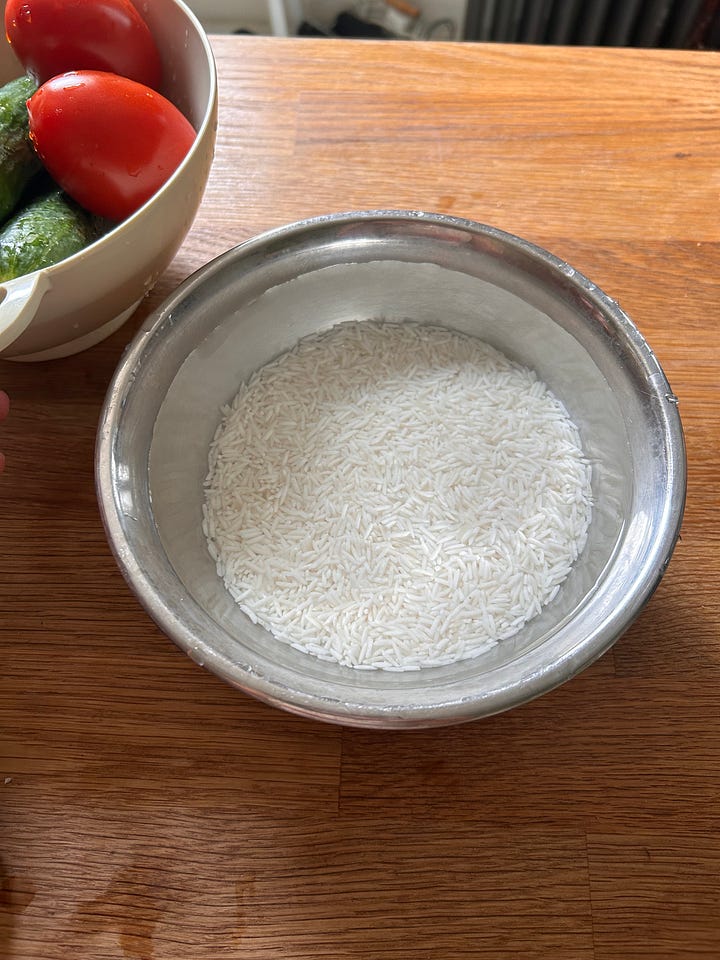
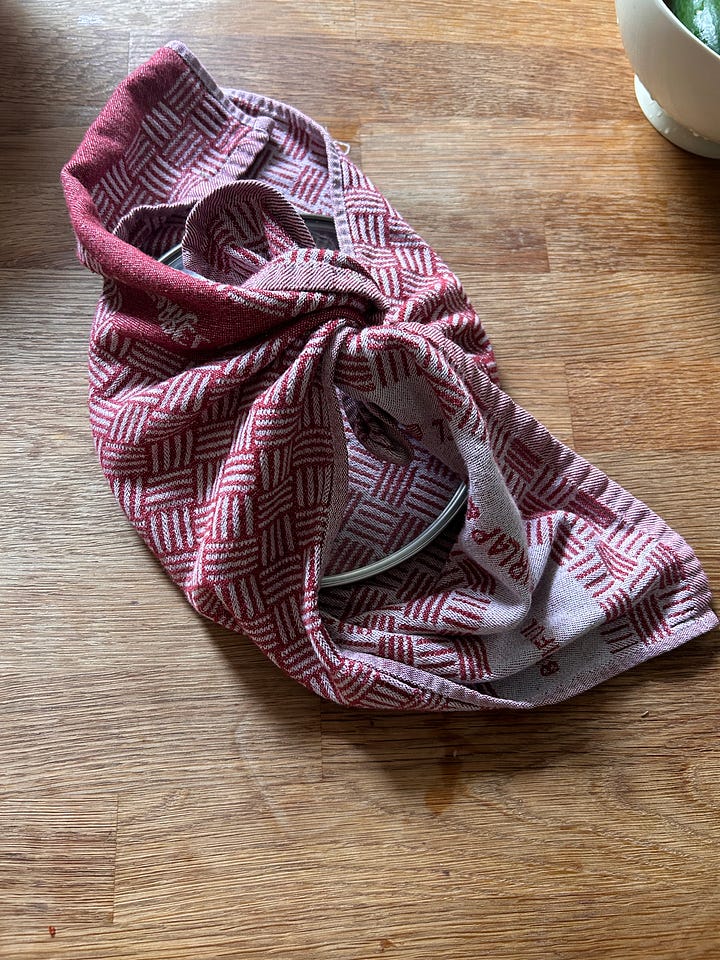
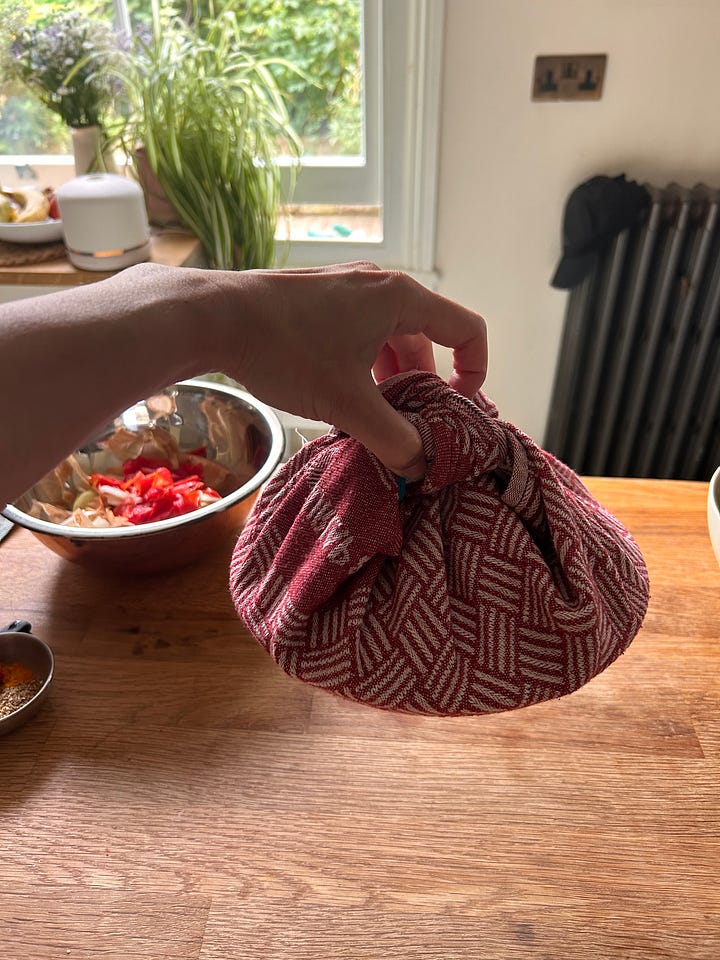
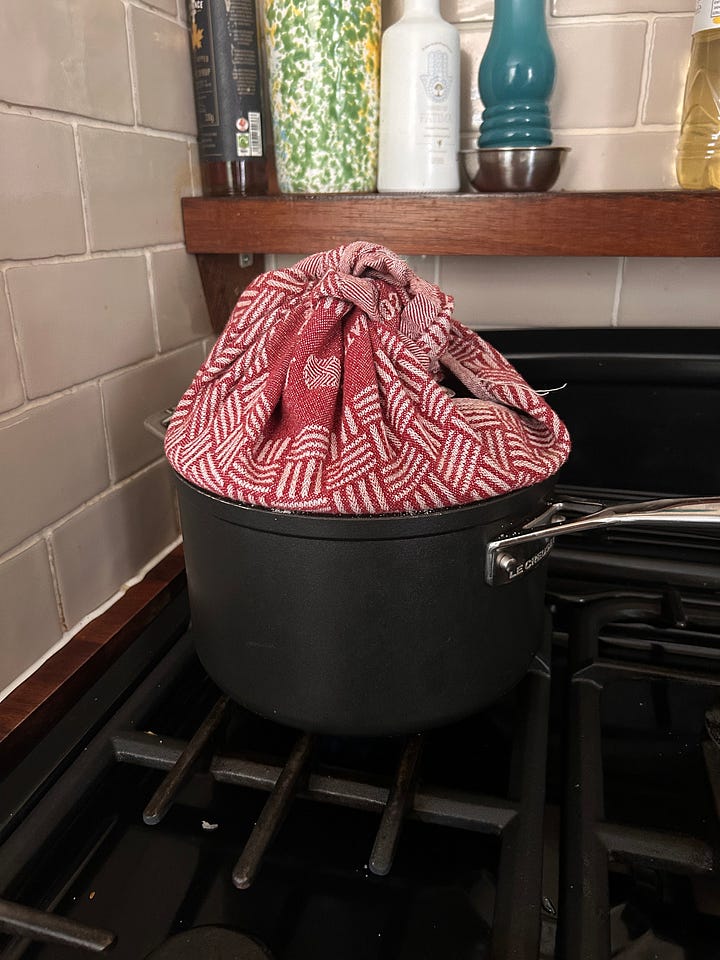
Tomato rice
Soaking time: 20 minutes to 2 hours
Serves 4
3 medium plum tomatoes (320g)
5 tbsp olive oil
2 onions, finely chopped (350g)
2 tsp tomato paste
½ tsp turmeric
1½ tsp cumin seeds, finely crushed in a pestle and mortar
1½ tsp coriander seeds, finely crushed in a pestle and mortar
225g basmati rice, washed and soaked in plenty of water for at least 20 minutes, or up to 2 hours, then drained
Fine sea salt
For the cucumber salad (optional)
350g Lebanese cucumbers (about 3), thinly sliced by hand or on a mandolin
120g milk kefir
1 small garlic clove, finely grated
1½ tbsp olive oil
1 tsp dried mint
Use a small, sharp knife to remove the core from the tomatoes and score the opposite end with an ‘X’. Place into a medium heatproof bowl and pour over enough boiling water to cover. Leave for 3-5 minutes, or until the skins just start to peel back, then drain off the water and peel and discard the skins. Halve the tomatoes lengthways then chop each half into 6-8 pieces.
Heat the oil in a medium, high-sided saucepan (about 22-24cm in diameter), for which you have a lid, over a medium-high heat. Once hot, add the onion and fry for about 12 minutes, stirring occasionally, until softened and lightly coloured (turn down the heat if it gets too brown too soon). Stir in the tomato paste, spices and a good grind of pepper and cook for another minute on medium-high heat, stirring often, until fragrant. Add the chopped tomatoes and cook for 2 minutes more, until softened slightly but not falling apart. Stir in the drained rice and 1¼ teaspoons of salt, until nicely coated in the tomato mixture, then pour in 340ml of hot water (use a scale to help you measure this exactly). Give everything a good stir and bring to a rigorous boil then top with a tea towel, followed by the lid, bringing the ends of the towel up and over the lid and securing them with a rubber band or by tying them together (see photos above). Turn the heat down to medium-low and leave to cook gently, undisturbed, for 20 minutes. Then, resisting the urge to remove the lid, turn off the heat and let sit and steam, for a further 20 minutes (or longer if time allows).
Now for the cucumber salad, if making (if not, skip to step 7). While the rice is cooking, add the cucumbers to a fine mesh sieve and toss with ½ teaspoon of salt. Leave to drain over a bowl for at least 20 minutes. When ready to serve, discard the salty liquid collected.
In a small bowl combine the kefir, garlic and a small pinch of salt.
Heat the 1½ tbsp oil in a small pan until shimmering but not smoking. Remove from the heat and quickly stir in the dried mint then immediately pour into a small heatproof bowl to stop it cooking further.
Only just before serving, spread the cucumbers out onto a plate and spoon over the kefir followed by the mint oil.
For the rice, remove the lid and cloth and invert the rice onto a large platter. Remove the saucepan and shake the plate slightly, using a spoon if needed, to evenly distribute the rice. Serve with the salad if making.







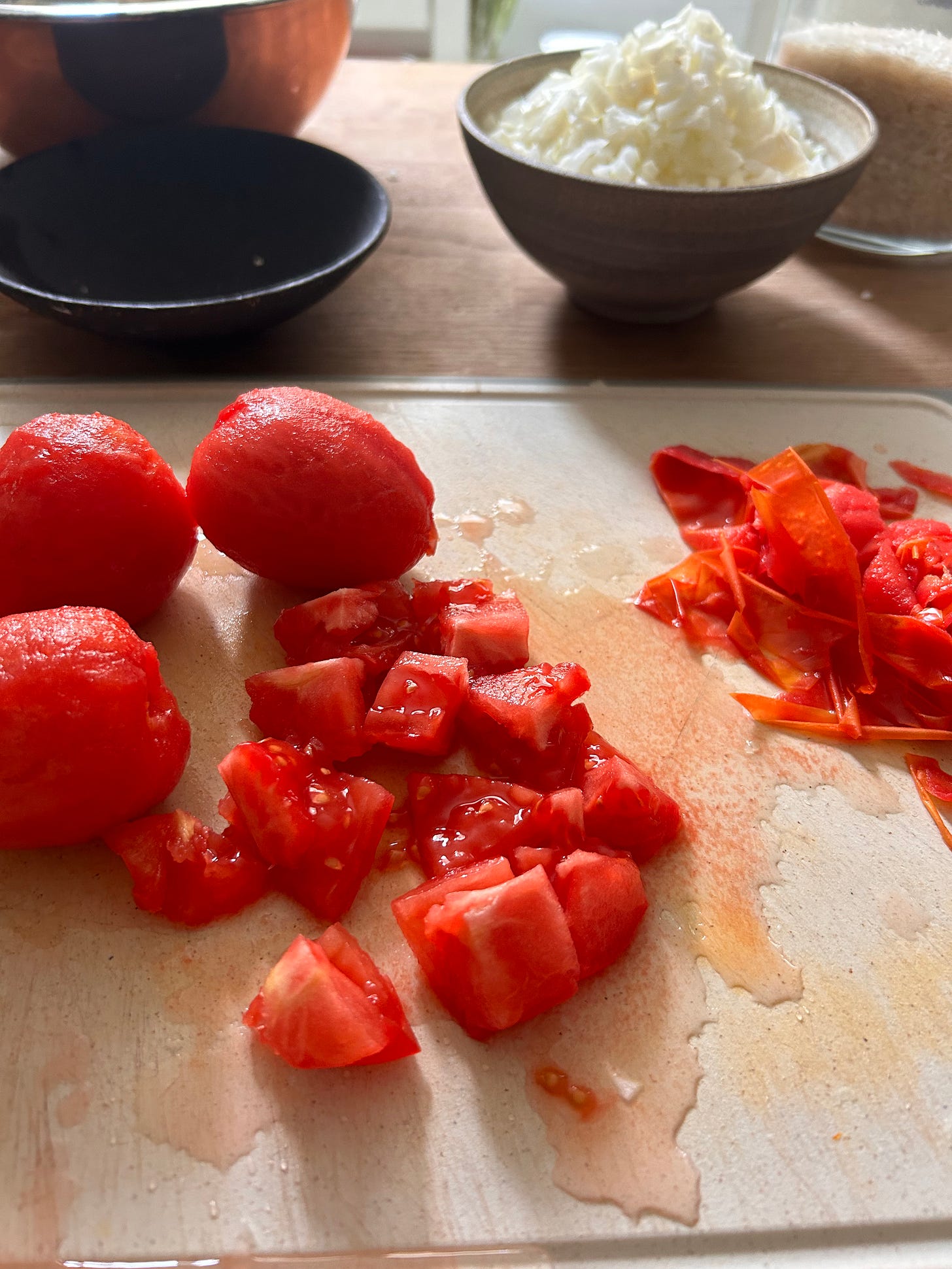

This is insanely delicious - unbelievably so given how simple it is. I made this for my mom and wife today, and despite it coming out last, after we'd already had a roast chicken, we cleaned the plate. I could eat this every day (and will be eating it quite frequently now).
Mabrook ya jameel!! Beautiful post!!